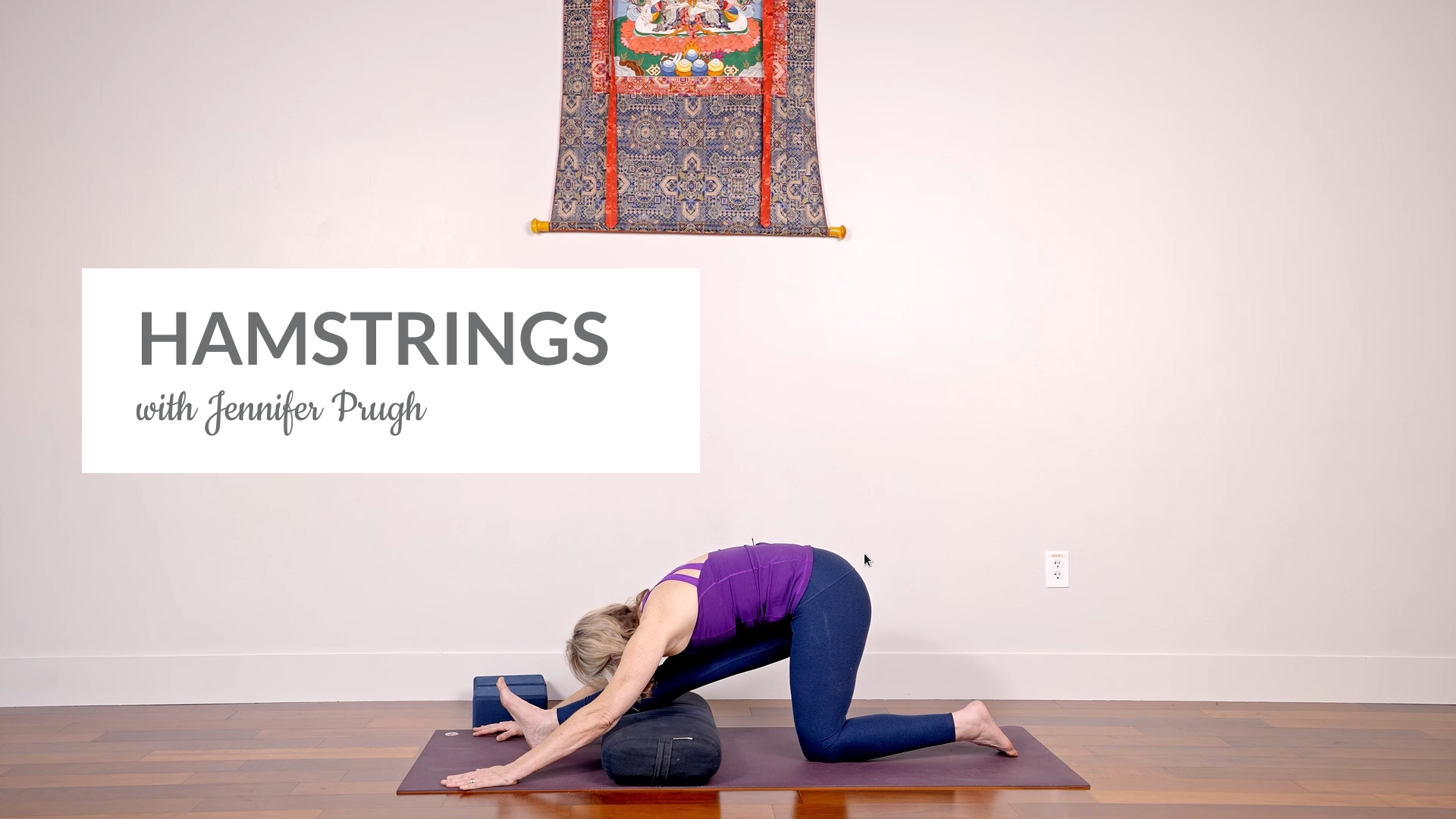Without denying that other beings may have their own deep and profound emotional experiences, what makes emotions distinctively human? We are the only creatures who can cry from sadness and happiness, often at the same time. We are capable of laughing when it hurts, and remaining stone-faced while exploding inside. Sometimes we allow our emotions to overwhelm us, while other times we try (usually unsuccessfully) to suppress them. What makes human emotions unique is the way we relate to them through our perceptions of right and wrong, good and bad. Through that bifocal lens, we see ourselves as happy, angry, sad, enraged, jealous, or joyful.
Historically, emotions have been regarded as the opposite of reason, and, as a result, we tend to contain them and keep them private. Since the time of Plato and Aristotle, the Western approach is to consider them destructive and disruptive. Even today, in our rational-oriented society, cognition still has superiority. Reason is often perceived as separate and more important than emotions in the same way that the mind is presumed to be independent from the body and to have control over it.

Until recently, neuroscience and cognitive science have also paid little attention to the topic of emotions. In one of the breakthrough books on the subject, The Feeling of What Happens: Body and Emotion in the Making of Consciousness, Neuroscientist and Creator of the Somatic Marker Hypothesis, Antonio Damasio observes, “It’s through feelings, which are inwardly directed and private, that emotions, which are outwardly directed and public, begin their impact on the mind; but the full and lasting impact of feelings require consciousness, because only along with the advent of a sense of self do feelings become known to the individual having them.”
In this monthly column, we’ll delve into the milieu of different emotions from the perspective of wholesome and deep, mind-body oneness. Emotional intelligence begins with our ability to sincerely recognize our emotional state. At each moment, we all are able to pause, take a few deep breaths to bring our attention inwards, and allow ourselves to notice how we feel: calm, restless, angry, content, sad, confused, etc. Continuing with mindful breathing will make our current emotional state more easily observable. The breath is the only part of the autonomic nervous system that we are able to control, so we work with it extensively. The immediate effect of being mindful of how we feel in each moment is that we gradually stop identifying with the emotions: “I am angry” becomes “I feel angry.” And this is not just semantics. Emotions come and go, and by observing them, we learn to separate ourselves from the experience and become more neutral to them. How I feel is not who I am. This statement could be a daily affirmation.
Going deeper, we begin to notice where in the body we may feel a particular emotion while searching for physical sensations. The deepest level of deciphering our somatic experiences relies on our sensations. We can achieve this by noticing, observing, and staying with the experience, all while mindfully breathing. Finding the physical manifestation of our emotions begins to transform them by making them more tangible, thus more relatable, and gradually allows us to soften and rest in the pure awareness of them. Ultimately, we may start to feel how their intensity decreases, the durations shorten, and we arrive at that space where we can just sit as an impartial observer and watch the emotional uproar dissipate. This mindful approach differs from the process of controlling our emotions. Through emotion mindfulness, we learn to take the path of least reactivity, which continuously brings us to practice with less resistance, and more openness and acceptance of the present moment.
To escape the vicious cycle of reactivity, we learn to pause, notice the emotion, honestly name it, quietly observe it, allow it to unfold, and then dissolve. Even for merely a second or two, let it become peace.
“Peace is this moment without judgment. That is all. This moment in the Heart-space where everything that is is welcome.”
Dorothy Hunt
Each month we’ll focus on a different emotion, inviting you to join the mindful, self-exploration. Next time we’ll go face-to-face with Anger.
















